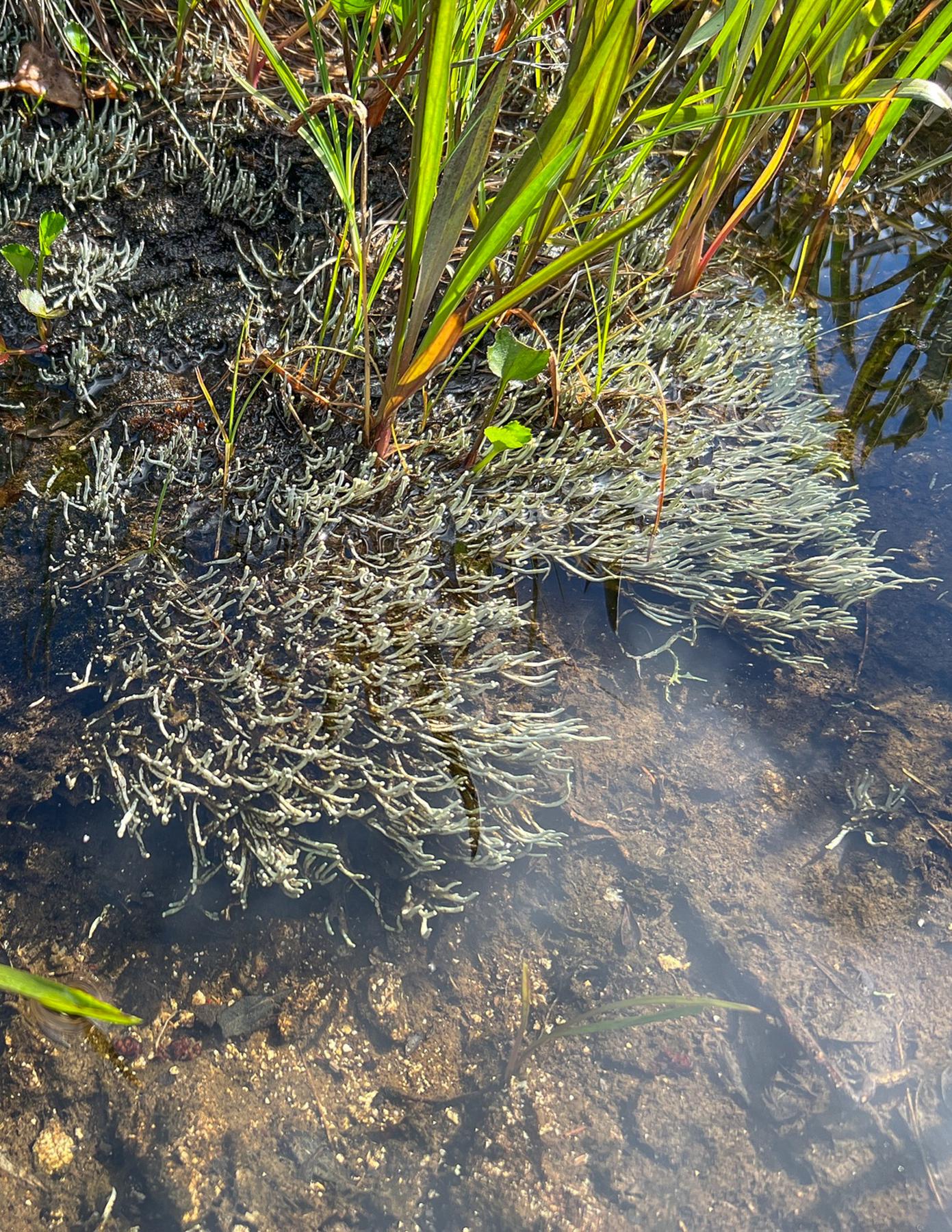Siphula ceratites & Siphula dactyliza #

Taxon #
Siphula ceratites, Siphula dactyliza
Organization #
Icmadophilaceae
Identification #
Siphula spp. are vaguely similar to the Thamnolia genus, both members of the Icmadophilaceae family, but are not so long, slender, and usually with more blunted tips. Siphula cerites is the expected species on the mainland. It appears bright white but also often with a light-green base of the tufts of bone-like podetia. It grows in areas of microtopography where the soil is at least seasonally saturated. Found commonly in rocky snowmelt areas, and low-velocity creeklets and rivulets. The enigmatic S. dactyliza is currently known only of St. Paul and St. Lawrence Islands and should be sought on other Bering Sea Islands. We searched for S. dactyliza in the Kigluaik Range of the Seward Peninsula and did not find it although the wrong habitat may have been scoured although S. cerites was abundant there.
Substrate #
Terricolous, humus, saxicolous (CLH)
Chemical Tests #
cortex: K+ yellow or brown, C+ violet, KC-, Pd-, I+ blue; medulla K+ yellow or brown, C+ violet, KC+ “orange to gold”, Pd- (Brodo et al. 2001)
Photos #
